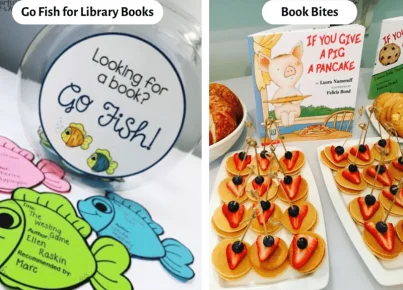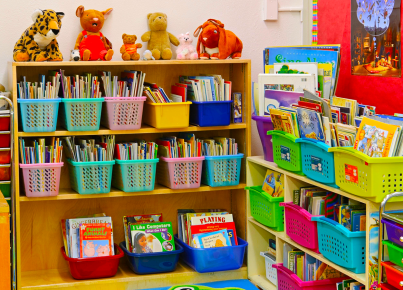Building a classroom library that genuinely improves student literacy is a multifaceted challenge that requires thoughtful planning and continuous improvement. A well-designed classroom library not only encourages students to read but also supports a wide range of learners with diverse reading interests and abilities. The following teacher-tested tips can help you create an effective classroom library.
Assess Student Needs and Interests
Before you begin building your library, take the time to understand the literacy needs and interests of your students. Use surveys, interviews, or discussions to gather information about their favorite books, topics, and genres. This information will guide you in creating a student-centered library that is frequently used and appreciated.
Diverse Book Selection
Ensure your library includes a variety of books. This includes books that are culturally diverse and representative of different experiences, as well as a mix of genres like fiction, non-fiction, graphic novels, biographies, science fiction, mystery, and fantasy. Include books that cater to different reading levels to ensure all students can find something accessible.
Organize for Accessibility and Engagement
Books should be organized in a way that students can easily find what they’re looking for. Organize books by genre, reading level, or theme. Label everything clearly and consider color-coding sections to help students navigate the library. Place comfortable seating nearby to create an inviting reading area.
Incorporate Audio Books and Technology
To cater to different learning styles, include audio books and e-books in your library. This approach supports auditory learners and students who may struggle with traditional print media due to learning disabilities like dyslexia.
Foster Book Ownership
Allow students to have input on what books are added to the library. Consider implementing a system where students can recommend books for purchase. Encourage them to write reviews or create book talks for their peers.
Regularly Refresh Library Contents
Keep the library fresh and interesting by rotating books regularly. Highlight new arrivals and set up themed displays based on holidays, seasons, or current events.
Integration into Classroom Activities
Integrate the library into your curriculum by organizing activities that revolve around the books available. Create assignments that encourage students to utilize the library resources effectively.
Encourage Student Accountability
Teach students how to appropriately handle books and return them on time. Establish clear procedures for checking out and returning books.
Seek Community Support
Involve parents, local businesses, and organizations in growing your classroom library through donations or sponsorships. Host book fairs or book drives to raise funds or collect book donations.
Professional Development
Stay informed about current children’s literature trends by attending workshops or joining professional reading communities online. This knowledge will help you make informed decisions about which new titles to introduce into your classroom library.
By incorporating these teacher-tested tips into the development of your classroom library, you can create an invaluable resource that improves student literacy, fosters a love for reading, and supports academic success across all subject areas.





